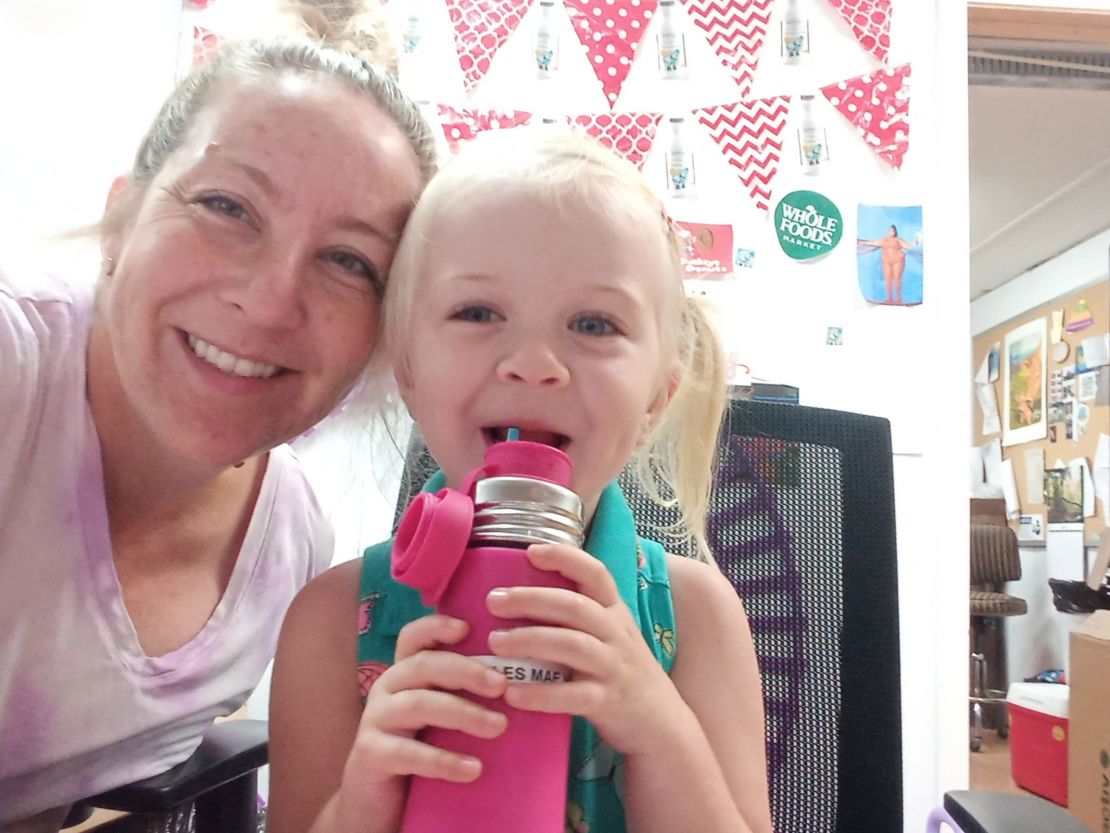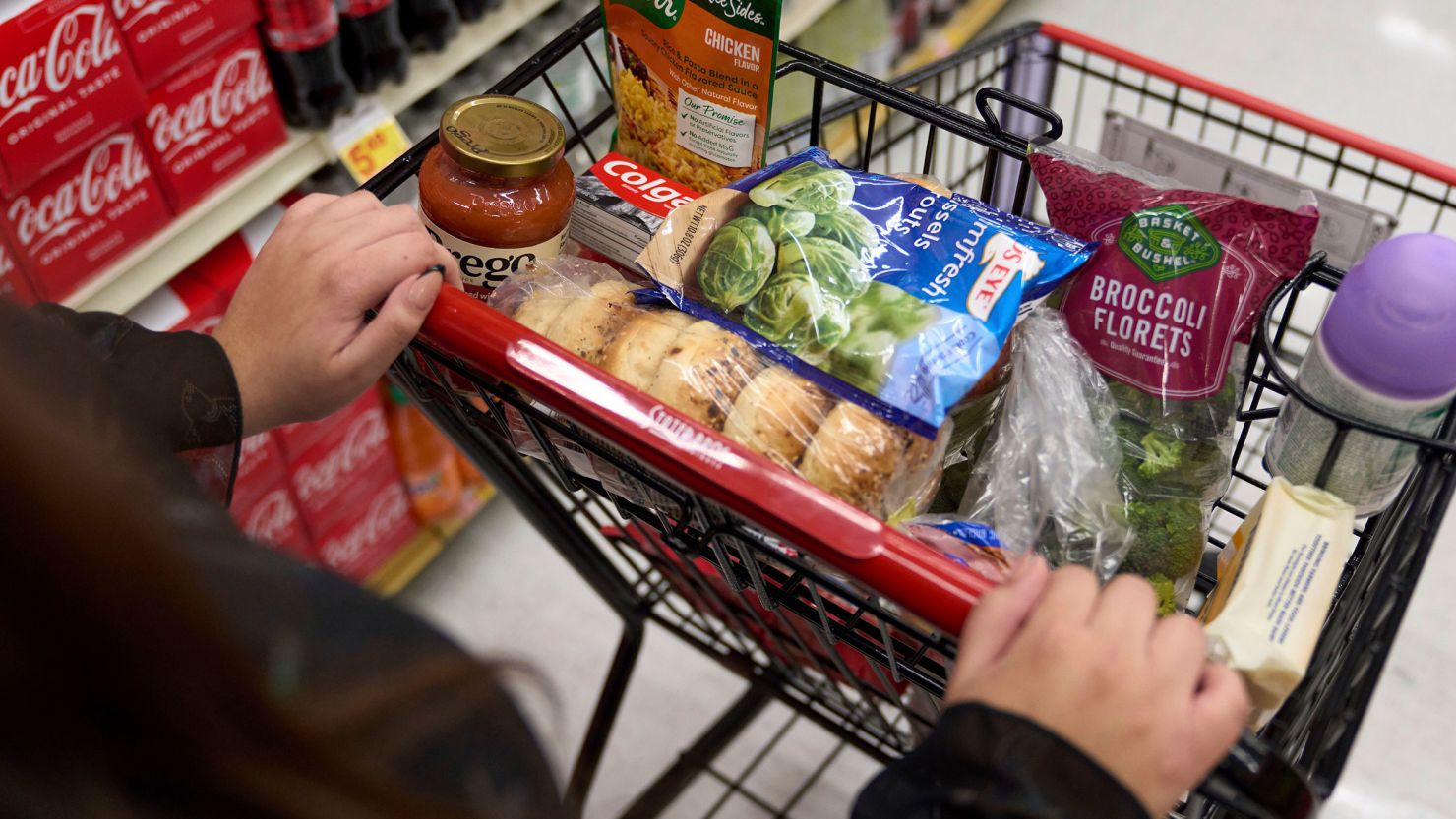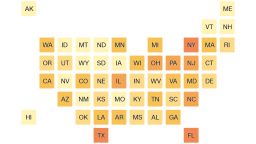Without a little aid from the federal government, Whitley Hasty would have a tougher time buying the fresh broccoli her toddler son loves to eat with ranch dressing.
Hasty receives WIC, the food assistance program for low-income women, infants and young children. It has helped her purchase milk, cheese, juice, eggs, fruits, vegetables and other staples for 3-year-old Leni – a benefit that has been even more vital in recent years as the price of groceries and other necessities has soared.
In addition, a WIC staffer encouraged her to breastfeed both Leni and her daughter, Emilia, 9, when they were infants, connecting Hasty with peer counseling for extra support. And the program set her up with a nutritionist, who provides her with healthy recipes that have broadened the variety of food the children eat.

“It’s huge,” said Hasty, who works as a benefits navigation coordinator for a regional food bank, helping other families sign up for WIC and food stamps. “It’s more than just the benefits that you get every month that helps me financially.”
But WIC, formally known as the Special Supplemental Nutrition Program for Women, Infants, and Children, may soon have to start putting eligible families on waitlists if Congress doesn’t increase its funding. Enrollment in the program has soared in recent months, hitting just under 7 million people in August, up from fewer than 6.4 million folks a year earlier.
Though WIC has long enjoyed bipartisan support, the additional money is far from guaranteed. Even before the jump in participation, a battle was brewing on Capitol Hill over the program’s appropriation for fiscal year 2024. And now Republican House Speaker Mike Johnson is racing to pass a two-step plan for funding federal agencies beyond Friday or the government will shut down, three sources familiar with the matter told CNN.
House Republicans, who are intent on slashing spending, have proposed reducing WIC funding to $5.5 billion, which would be $185 million less than last year’s level and $800 million less than the Senate’s appropriations bill would provide.
The House would also cut back the program’s enhanced fruits and vegetables benefit, which was initially authorized by the Democrats’ American Rescue Plan Act in 2021 and then renewed with bipartisan support in subsequent appropriations bills. Enrollees would receive between $11 and $15 a month to purchase fresh produce in fiscal year 2024, down from $25 to $49.
The enrollment surge prompted the Biden administration in late August to request an additional $1.4 billion to meet the increased demand. Without more money, 600,000 eligible new moms and young children could be turned away, according to the Center on Budget and Policy Priorities, a left-leaning research group.
Soaring interest
While WIC has reached only about half of those eligible in recent years, it can have a meaningful impact on enrollees.
About 2 in 5 babies born in the US in 2022 benefited from WIC, according to Noura Insolera, assistant research scientist at the University of Michigan’s Institute for Social Research. Children who received WIC and food stamps were less likely to be food insecure as young adults living on their own, she said.
There are several reasons why WIC is becoming more popular.
Federal and state policymakers have made it easier to enroll and recertify, improved the shopping experience and enhanced the benefits. Also, skyrocketing inflation, particularly for food, has squeezed the budgets of many Americans, especially low-income families.
Plus, the multitude of temporary Covid-19 pandemic relief programs – including the enhanced child tax credit, stimulus checks and, in particular, more generous food stamp benefits – have largely ended. These measures made Americans more aware of the ongoing government assistance that may be available to them.
“There’s more knowledge now about the ways in which the other public safety-net programs could kind of step in and fill that gap,” Insolera said.
The relief efforts temporarily improved children’s well-being. But last year, poverty and food insecurity among the nation’s youngest residents climbed. This setback underscores the importance of WIC, said Georgia Machell, interim CEO of the National WIC Association.
“This should actually be a really happy moment for the program because caseload is going up,” Machell said, noting that WIC celebrates its 50th anniversary in January. “And it’s just really bittersweet because folks have been working really hard to increase caseload. We’re seeing that increase happen now, but we just don’t have sufficient funding.”
Participating in WIC has helped Emily Church cope with inflation as she and her husband raise their daughter, Myles Mae, 3. On a recent trip to the supermarket, the benefits reduced her bill from $180 to $140, covering the cost of the milk, fruit and vegetables she picked up.
The assistance means the couple doesn’t have to juggle paying for gas, electricity and food.
“It makes a huge difference in our food budget on a monthly basis,” said Church, an Athens, Ohio, resident who works as the sales manager at Snowville Creamery, a local company that produces milk, yogurt and cheese.

While she’s concerned that she could lose the benefit, Church is more angry that lawmakers may not fully fund the program and may force expectant and new moms onto waitlists.
“I just want our government to get it together. These are our women, our infants, our children in our country,” Church said. “The program was designed to take care of these people. And now we’re saying … ‘You’re coming for help? No, sorry. Here’s a waiting list.’ How do we do that? That’s crazy.”
This story has been updated.





